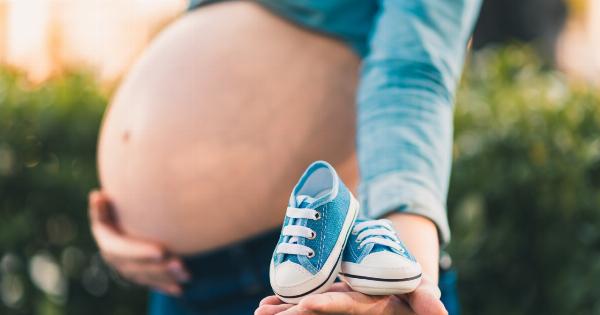Many expectant mothers often wonder if the shape of their baby bump indicates the baby’s gender. While there is no science to back up this claim, there are various theories that try to explain the relationship between belly shape and baby gender.
In this article, we explore these notions and separate fact from fiction.
The Ramzi Theory
The Ramzi theory is named after Dr. Saam Ramzi Ismail, who developed this gender prediction method. The Ramzi theory relies on ultrasound images of the placenta to predict the gender of the baby.
According to this theory, if the placenta is on the left side of the uterus, you are likely to have a baby girl, while if the placenta is on the right side, you are likely to have a baby boy. However, there is no scientific evidence to support the accuracy of this method.
The Shape of Your Belly
Various beliefs suggest that the shape of your belly during pregnancy may indicate the gender of the baby.
Some people believe that carrying high and wide indicates that you are having a girl, while carrying low and narrow suggests that you are having a boy. Nonetheless, these assumptions are not based on any scientific research and are purely a myth.
Blame It on Hormones
During pregnancy, the body experiences several hormonal changes that affect various parts of the body.
Some of the hormones produced during pregnancy, such as estrogen and progesterone, lead to water retention, which can cause the belly to look bloated and rounded. It is also worth noting that each woman’s body is unique, and changes in belly size and shape during pregnancy are normal. Therefore, there is no correlation between belly shape and baby gender.
The Size of Your Baby
The size of your baby is perhaps one of the most significant determinants of belly shape. When carrying a small baby, the mum-to-be may appear pregnant but have a small bump. While carrying a large baby leads to a more prominent bump.
However, there is no scientific link between the size of the baby and its gender.
The Position of the Baby
The position of the baby in the uterus may contribute to the shape of the belly. For example, if the baby is positioned lower in the uterus, the belly may appear to be lower. Conversely, when the baby is higher, the belly may appear to be higher.
However, this positioning varies from mother to mother and is therefore not a reliable indicator of baby gender.
Twins and Multiple Births
Twins and other multiple pregnancies usually cause a more significant and broader belly than a single pregnancy. Many women carrying twins will experience more significant weight gain, in turn leading to a larger and rounder belly.
However, the size and shape of the belly cannot predict the gender of the babies.
The Verdict
While there are various traditional theories that suggest the shape and size of a bump correspond with the gender of the baby, there is no scientific evidence to suggest such correlations exist.
Every woman’s body and pregnancy are different, resulting in a wide range of belly shapes and sizes.
Conclusion
In conclusion, the shape and size of a belly during pregnancy cannot predict the gender of the baby. Instead of relying on myths and assumptions, it is best to find out the sex of the baby using medical technology such as an ultrasound scan.
Ultimately, whether one has a boy or girl, the most important thing is that they are healthy and happy.





























